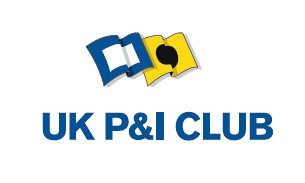Firms in Fed’s Beige Book Fret Over Any Lengthy Baltimore Port Closure
(Bloomberg) — The closure of one of the East Coast’s busiest ports after the collapse of Baltimore’s Francis Scott Key Bridge has so far not led to broad price increases,...




The UK P&I club is one of the largest mutual marine protection and indemnity organisations with over 200 million tonnes of owned and chartered ships insured. For this reason, it has a keen interest in assessing how the changes and challenges of the industry will shape the market in years to come.
The Ballast Water Convention, with Germany as its latest member, is now very close to fulfilling the minimum ratification requirements: It must be ratified by countries representing a total minimum global tonnage of 35%, after which point the Convention comes into force 12 months later.
“There are many stages to compliance and shipowners are urged to start familiarising themselves with the requirements of the Convention if they have yet to do so,” Tan writes.
“The cost of compliance is very high and the necessary finance will therefore need to be organised. A ballast water treatment system can cost from half a million to four million dollars. In addition to the cost of the actual system, there will also be ancillary costs such as the cost of developing a ballast water management plan, drydocking cost and installation cost,” she continued.
The update breaks the steps down towards compliance in the following ways:
Join the gCaptain Club for curated content, insider opinions, and vibrant community discussions.


Join the 105,961 members that receive our newsletter.
Have a news tip? Let us know.
Access exclusive insights, engage in vibrant discussions, and gain perspectives from our CEO.
Sign Up




Maritime and offshore news trusted by our 105,961 members delivered daily straight to your inbox.



Essential news coupled with the finest maritime content sourced from across the globe.
Sign Up